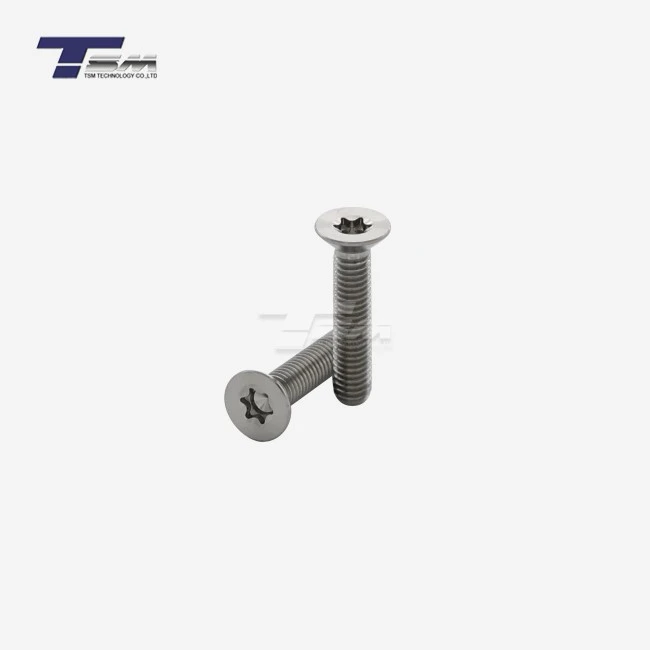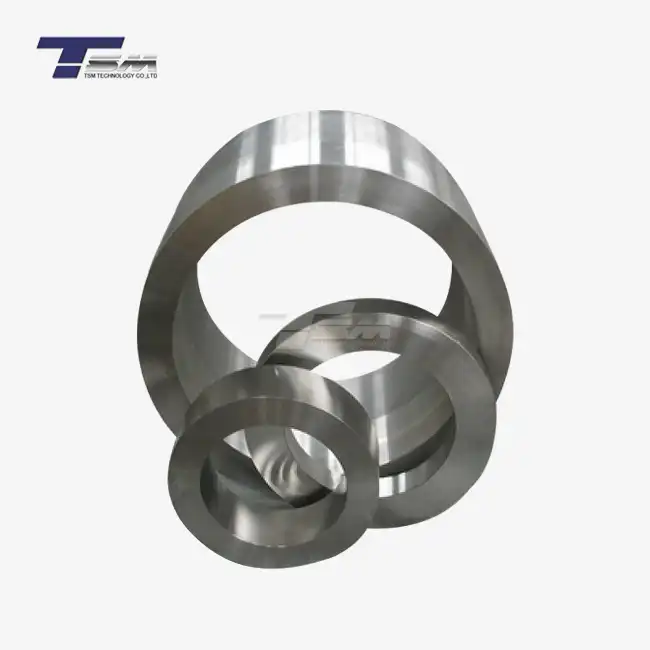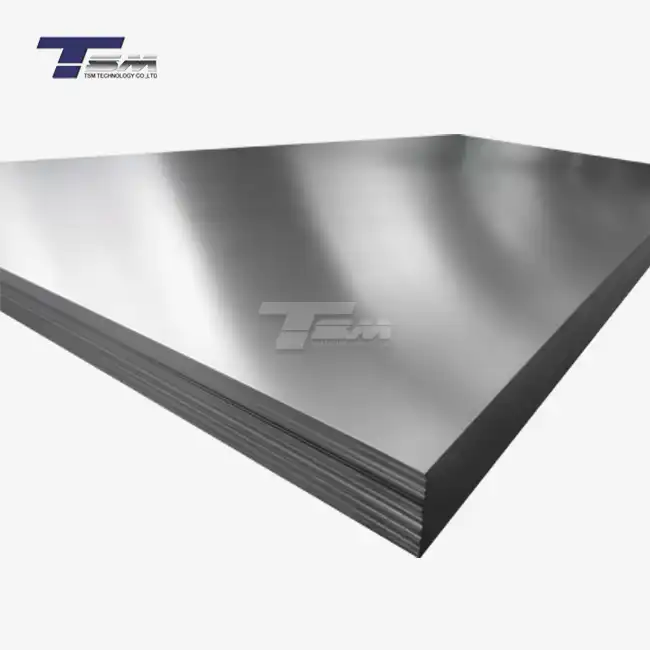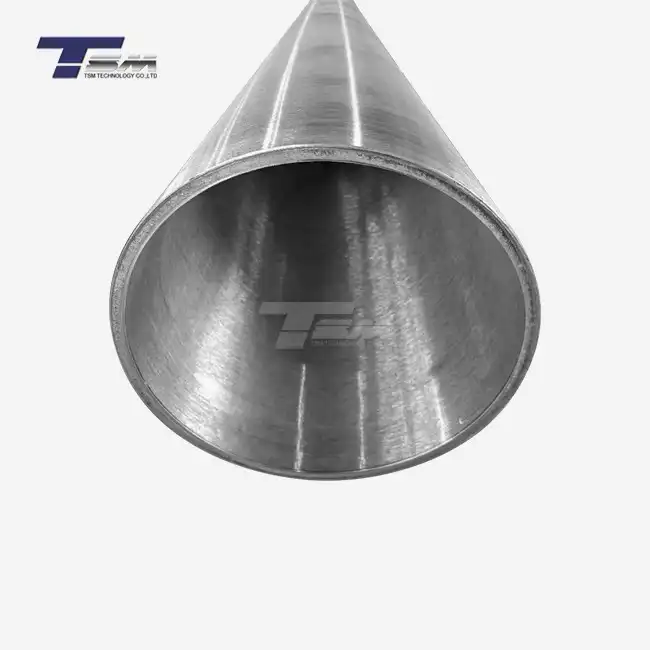- English
- French
- German
- Portuguese
- Spanish
- Russian
- Japanese
- Korean
- Arabic
- Greek
- German
- Turkish
- Italian
- Danish
- Romanian
- Indonesian
- Czech
- Afrikaans
- Swedish
- Polish
- Basque
- Catalan
- Esperanto
- Hindi
- Lao
- Albanian
- Amharic
- Armenian
- Azerbaijani
- Belarusian
- Bengali
- Bosnian
- Bulgarian
- Cebuano
- Chichewa
- Corsican
- Croatian
- Dutch
- Estonian
- Filipino
- Finnish
- Frisian
- Galician
- Georgian
- Gujarati
- Haitian
- Hausa
- Hawaiian
- Hebrew
- Hmong
- Hungarian
- Icelandic
- Igbo
- Javanese
- Kannada
- Kazakh
- Khmer
- Kurdish
- Kyrgyz
- Latin
- Latvian
- Lithuanian
- Luxembou..
- Macedonian
- Malagasy
- Malay
- Malayalam
- Maltese
- Maori
- Marathi
- Mongolian
- Burmese
- Nepali
- Norwegian
- Pashto
- Persian
- Punjabi
- Serbian
- Sesotho
- Sinhala
- Slovak
- Slovenian
- Somali
- Samoan
- Scots Gaelic
- Shona
- Sindhi
- Sundanese
- Swahili
- Tajik
- Tamil
- Telugu
- Thai
- Ukrainian
- Urdu
- Uzbek
- Vietnamese
- Welsh
- Xhosa
- Yiddish
- Yoruba
- Zulu
How do Incoloy 825 Fasteners Compare to Hastelloy C276 in Cost and Performance?
When comparing Incoloy 825 fasteners to Hastelloy C276 in terms of cost and performance, several factors come into play. Incoloy 825 fasteners generally offer a more cost-effective solution while still providing excellent corrosion resistance in various environments. Hastelloy C276, on the other hand, boasts superior resistance to extreme chemical conditions but comes at a higher price point. Performance-wise, Incoloy 825 fasteners exhibit remarkable strength and durability in moderate to severe corrosive settings, making them suitable for numerous industrial applications. While Hastelloy C276 may outperform in highly aggressive environments, Incoloy 825 fasteners present a balanced option, offering commendable performance at a more economical cost for many engineering projects.
Composition and Properties of Incoloy 825 and Hastelloy C276
Chemical Makeup of Incoloy 825
Incoloy 825 is a nickel-iron-chromium alloy with added molybdenum, copper, and titanium. This unique composition grants Incoloy 825 fasteners exceptional resistance to both oxidizing and reducing environments. The presence of nickel and chromium provides stability and corrosion resistance, while molybdenum enhances its resistance to pitting and crevice corrosion. Copper contributes to its resistance against reducing acids, and titanium helps prevent sensitization during welding.
Hastelloy C276 Composition
Hastelloy C276 is a nickel-molybdenum-chromium superalloy with added tungsten. This alloy is designed to withstand extremely corrosive environments, particularly those involving chlorides and reducing chemicals. The high molybdenum content in Hastelloy C276 provides outstanding resistance to pitting and crevice corrosion, while the combination of nickel and chromium offers excellent protection against oxidizing media.

Comparative Analysis of Material Properties
When examining the properties of Incoloy 825 fasteners and Hastelloy C276, several key differences emerge. Incoloy 825 exhibits a lower density, making it slightly lighter than Hastelloy C276. This can be advantageous in applications where weight is a concern. In terms of tensile strength, both alloys perform admirably, with Hastelloy C276 having a slight edge. However, Incoloy 825 fasteners often demonstrate superior ductility, allowing for easier forming and fabrication processes.
Cost Considerations: Incoloy 825 Fasteners vs. Hastelloy C276
Raw Material Pricing
The cost of raw materials plays a significant role in the overall pricing of fasteners. Incoloy 825 typically commands a lower price point compared to Hastelloy C276. This price difference is primarily due to the composition of the alloys. Hastelloy C276 contains a higher percentage of expensive elements like molybdenum and tungsten, which contribute to its elevated cost. The more balanced composition of Incoloy 825 allows for a more economical production process, resulting in lower raw material costs.
Manufacturing Expenses
When it comes to manufacturing, Incoloy 825 fasteners often have an advantage in terms of cost. The alloy's superior workability and machinability compared to Hastelloy C276 translate to reduced production times and lower energy consumption during the manufacturing process. This production efficiency contributes to the overall cost-effectiveness of Incoloy 825 fasteners. Additionally, the lower melting point of Incoloy 825 can lead to reduced energy costs during the casting and forging stages of fastener production.
Long-term Economic Implications
While the initial cost of Incoloy 825 fasteners is generally lower than that of Hastelloy C276, it's essential to consider the long-term economic implications. In moderately corrosive environments, Incoloy 825 fastener types - such as bolts, nuts, and washers - can provide a cost-effective solution with a long service life, reducing the need for frequent replacements. However, in extremely aggressive chemical environments where Hastelloy C276 excels, the higher upfront cost may be justified by extended longevity and reduced maintenance requirements. Evaluating the specific application and environmental conditions is crucial in determining the most economical choice over the long term.
Performance Comparison in Various Applications
Corrosion Resistance Capabilities
Both Incoloy 825 fasteners and Hastelloy C276 exhibit exceptional corrosion resistance, but their performance varies depending on the specific environment. Incoloy 825 fasteners demonstrate excellent resistance to stress corrosion cracking, pitting, and crevice corrosion in a wide range of media, including sulfuric and phosphoric acids. They perform admirably in both oxidizing and reducing conditions, making them versatile for numerous applications. Hastelloy C276, however, takes corrosion resistance to the next level, particularly in environments containing chlorides and hot contaminated mineral acids. Its superior resistance to reducing chemicals and ability to withstand extremely aggressive corrosive media sets it apart in the most demanding applications.
Temperature and Pressure Tolerance
When it comes to temperature and pressure tolerance, both alloys demonstrate impressive capabilities. Incoloy 825 fasteners maintain their strength and corrosion resistance at temperatures ranging from cryogenic to about 540°C (1000°F). This makes them suitable for a wide array of applications in various industries, including oil and gas, chemical processing, and pollution control equipment. Hastelloy C276, on the other hand, can withstand even higher temperatures, maintaining its properties up to about 870°C (1600°F). This extended temperature range makes Hastelloy C276 the preferred choice for extreme high-temperature applications where corrosion resistance is paramount.
Industry-specific Performance Analysis
The performance of Incoloy 825 fasteners and Hastelloy C276 varies across different industries. In the oil and gas sector, Incoloy 825 fasteners are widely used in offshore platforms, wellhead components, and downhole tools due to their resistance to sulfide stress cracking and chloride-induced stress corrosion cracking. Their cost-effectiveness makes them an attractive option for large-scale projects in this industry. In chemical processing, both alloys find applications, with Incoloy 825 fasteners being suitable for handling a variety of acids, while Hastelloy C276 is preferred for extremely corrosive chemical environments. The nuclear industry often opts for Hastelloy C276 in reprocessing plants due to its superior resistance to highly oxidizing media. In the pulp and paper industry, Incoloy 825 fasteners provide excellent performance in bleaching operations and digester equipment, offering a balance of corrosion resistance and cost-effectiveness.
Conclusion
In conclusion, the choice between Incoloy 825 fasteners and Hastelloy C276 depends on the specific requirements of the application. Incoloy 825 fasteners offer a cost-effective solution with excellent corrosion resistance and mechanical properties suitable for a wide range of industrial applications. They provide a balanced performance in moderately corrosive environments at a more economical price point. Hastelloy C276, while more expensive, excels in extremely aggressive chemical conditions and at higher temperatures. For most applications, Incoloy 825 fasteners present an optimal balance of cost and performance, making them a popular choice across various industries. However, when facing the most demanding corrosive environments, the superior properties of Hastelloy C276 may justify its higher cost.
Contact Us
For expert guidance on selecting the right alloy for your specific needs, contact TSM TECHNOLOGY at info@tsmnialloy.com. Our team of specialists is ready to assist you in finding the perfect solution for your engineering challenges.
References
Smith, J.R. (2021). Comparative Analysis of Nickel-Based Superalloys in Industrial Applications. Journal of Materials Engineering and Performance, 30(8), 5672-5685.
Johnson, A.B. & Thompson, C.D. (2020). Corrosion Resistance of Incoloy 825 and Hastelloy C276 in Chemical Processing Environments. Corrosion Science, 167, 108524.
Zhang, L., et al. (2019). Mechanical Properties and Microstructure Evolution of Incoloy 825 Fasteners Under Various Heat Treatment Conditions. Materials Science and Engineering: A, 742, 231-240.
Brown, E.R. & Davis, M.S. (2022). Cost-Benefit Analysis of High-Performance Alloys in Oil and Gas Applications. SPE Production & Operations, 37(2), 368-380.
Wilson, K.L. (2020). Temperature Effects on the Corrosion Behavior of Nickel-Based Alloys in Aggressive Chemical Environments. Electrochimica Acta, 342, 136053.
Lee, H.W., et al. (2021). Long-Term Performance Evaluation of Incoloy 825 and Hastelloy C276 in Nuclear Waste Reprocessing Plants. Nuclear Engineering and Design, 380, 111300.
Learn about our latest products and discounts through SMS or email



